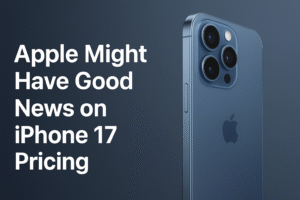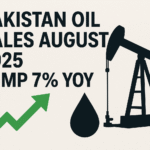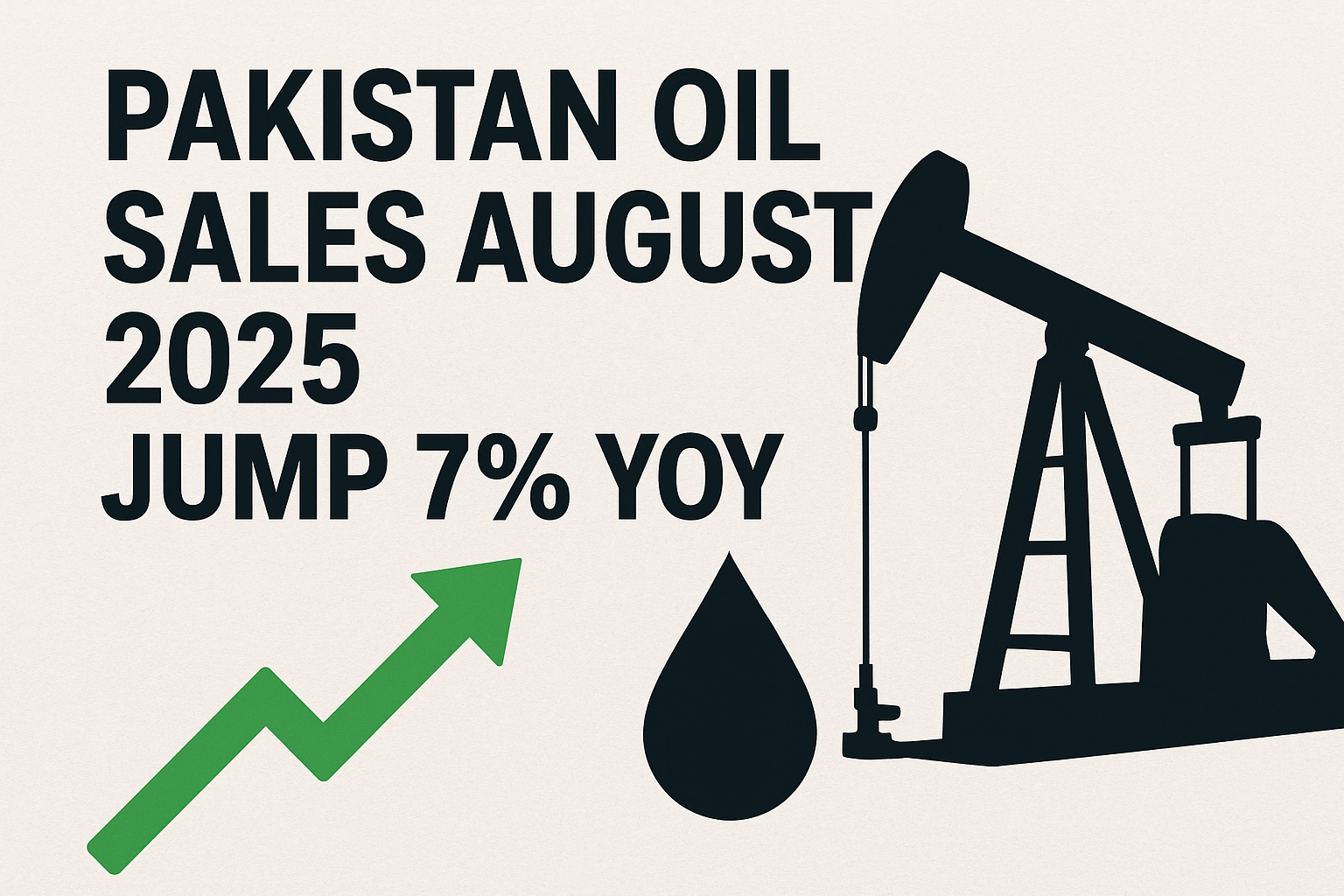Cupertino, California – Apple’s iPhone launches have almost become global holidays for tech fans. Yet along with excitement, each launch usually carries a familiar question: how much more will it cost this time? For years, Apple has slowly nudged prices upward, citing supply chain issues, new technology, and rising global inflation. But whispers from industry insiders suggest the iPhone 17, expected in 2025, might break that trend in a surprising way.
The Rumor Mill
According to several reports circulating in the tech community, Apple is considering holding—or even lowering—the price of the upcoming iPhone 17 models. While no official word has come from Cupertino, supply chain leaks and analyst predictions point toward potential cost relief for consumers.
One supply analyst based in Asia, who tracks Apple’s component orders, hinted that production efficiencies and cheaper material sourcing are creating “a cushion” that could allow Apple to rethink its premium pricing strategy. Another industry watcher told Bloomberg that Apple is “aware of the fatigue” among customers who have seen flagship iPhone prices creep dangerously close to the $1,500 mark in recent years.
Why the Change Now? In the Views of Nenagency
Apple isn’t exactly known for generosity when it comes to pricing. So why would it shift course with the iPhone 17? There are a few plausible reasons.
First, competition is heating up. Samsung, Google, and several Chinese brands are flooding the market with high-end smartphones at more competitive prices. Apple, while still dominant in the U.S. and Europe, knows it can’t afford to alienate customers in emerging markets like India, Southeast Asia, and parts of Africa—areas that will shape future growth.
Second, global smartphone sales have slowed. Industry research shows that people are holding on to their phones longer—sometimes three to four years—before upgrading. By keeping prices stable or slightly reducing them, Apple could nudge reluctant customers back into yearly or biannual upgrade cycles.
Finally, Apple has made massive investments in its supply chain. With chip production moving closer to home in the United States and partnerships in Japan and Taiwan securing display technology, the company may now enjoy cost advantages it didn’t have during the iPhone 14 or 15 era.
What It Could Mean for Consumers
If Apple follows through, the iPhone 17 could become the first model in years to launch without a major price hike. Industry chatter suggests the base model might stay under $1,000, while the Pro and Pro Max models could hover near current levels rather than climbing higher.
For consumers, this would be welcome news, especially in markets still recovering from inflation and currency pressures. It could also expand Apple’s reach in price-sensitive regions, where competitors like Xiaomi and OnePlus currently dominate.
That said, Apple rarely makes decisions purely out of kindness. The company may hold prices steady while encouraging users to spend more on services, from iCloud storage to Apple Music and Apple TV+. In other words, Apple’s long-term strategy could involve balancing hardware affordability with recurring revenue from its growing ecosystem.
Skepticism Remains
Not everyone is convinced. Some analysts warn that Apple’s track record suggests caution. A price freeze could easily turn into “price reshuffling,” where base models stay flat but higher storage variants quietly get more expensive. Others argue that Apple thrives on being seen as aspirational; lowering prices too aggressively might dilute that premium aura.
Still, even a symbolic gesture—like keeping the base price unchanged—would be seen as good news by fans who brace for bad news every September.
Looking Ahead
Apple’s official plans won’t be revealed until closer to the iPhone 17 launch, expected in the fall of 2025. Until then, speculation will run wild. But if the rumors prove true, the move could reshape how Apple positions its flagship product in an increasingly competitive market.
For now, customers can hold out a little hope that the world’s most iconic smartphone might actually cost the same—or less—than its predecessor. And in today’s economy, that alone would feel like a revolution.














